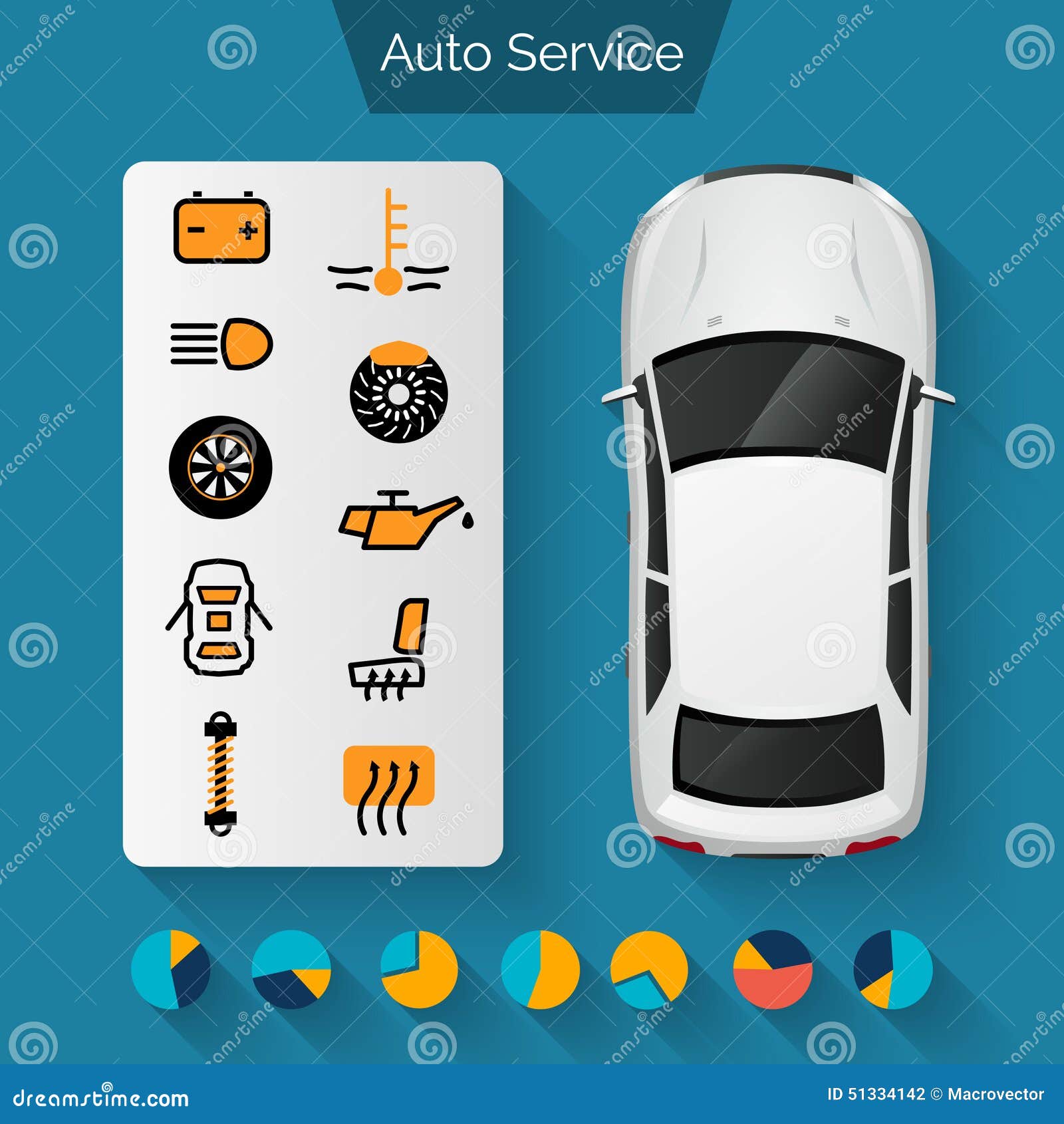Wondering Regarding The Meaning Behind Those Dashboard Caution Lights? Gain Insights Right Into Their Implications For Your Vehicle'S Safety And Upkeep
Wondering Regarding The Meaning Behind Those Dashboard Caution Lights? Gain Insights Right Into Their Implications For Your Vehicle'S Safety And Upkeep
Blog Article
Post Developed By-Lauritsen Corbett
When you're behind the wheel, those glowing caution lights on your control panel can be a bit puzzling. Do you know what they're trying to tell you regarding your automobile's health and wellness? Recognizing the significance of these lights is vital for your safety and the long life of your car. So, the following time one of those lights turns up, wouldn't you intend to analyze its message precisely and take the required steps to address it?
Common Caution Lighting and Interpretations
Recognize typical warning lights in your auto and comprehend their meanings to make certain risk-free driving.
One of the most typical caution lights include the check engine light, which signals concerns with the engine or discharges system. If this light comes on, it's important to have your car checked immediately.
The oil pressure alerting light shows reduced oil stress, requiring immediate focus to avoid engine damages.
A blinking battery light might suggest a defective charging system, possibly leaving you stranded otherwise addressed.
The tire stress tracking system (TPMS) light notifies you to reduced tire stress, influencing vehicle stability and fuel performance. Overlooking this could bring about dangerous driving problems.
https://www.repairerdrivennews.com/2021/12/22/oregon-repair-shops-will-need-20k-bond-before-seeking-mechanics-lien/ suggests a problem with the anti-lock braking system, endangering your capacity to quit promptly in emergency situations.
Lastly, the coolant temperature level alerting light warns of engine getting too hot, which can cause extreme damage if not solved quickly.
Understanding these usual caution lights will assist you resolve problems immediately and preserve safe driving conditions.
Significance of Prompt Interest
Understanding the usual warning lights in your vehicle is only the first step; the significance of quickly dealing with these cautions can not be stressed enough to guarantee your safety and security on the road.
When a caution light brightens on your control panel, it's your cars and truck's means of interacting a possible issue that requires interest. Disregarding these warnings can cause a lot more severe problems down the road, jeopardizing your security and possibly costing you more out of commission.
Motivate interest to advising lights can protect against breakdowns and crashes. For instance, a flashing check engine light can indicate a misfire that, if left ignored, might trigger damage to the catalytic converter. Resolving https://motor-vehicle-chassis84051.weblogco.com/31297999/discovering-the-insights-of-a-first-class-car-repair-shop-experience can save you from a costly repair.
In a similar way, a brake system cautioning light might signal low brake liquid or worn brake pads, important components for your safety when driving.
Do It Yourself Troubleshooting Tips
If you notice a warning light on your dashboard, there are a couple of DIY troubleshooting tips you can attempt prior to seeking specialist aid.
The primary step is to consult your auto's manual to recognize what the specific caution light suggests. Often the problem can be as straightforward as a loose gas cap causing the check engine light. Tightening the gas cap may fix the trouble.
An additional common problem is a low battery, which can activate numerous warning lights. Examining the battery links for corrosion and ensuring they're secure might repair the problem.
If a caution light lingers, you can try resetting it by disconnecting the vehicle's battery for a couple of mins and then reconnecting it. Additionally, inspecting your car's liquid levels, such as oil, coolant, and brake fluid, can help troubleshoot advising lights associated with these systems.
Verdict
To conclude, understanding your vehicle's caution lights is essential for maintaining your car running efficiently and securely. By promptly dealing with these alerts and knowing what they indicate, you can avoid expensive repairs and prospective break downs.
Bear in mind to consult your car's manual for particular details on each advising light and take action accordingly to guarantee a hassle-free driving experience.
Stay educated, stay safe when driving!
